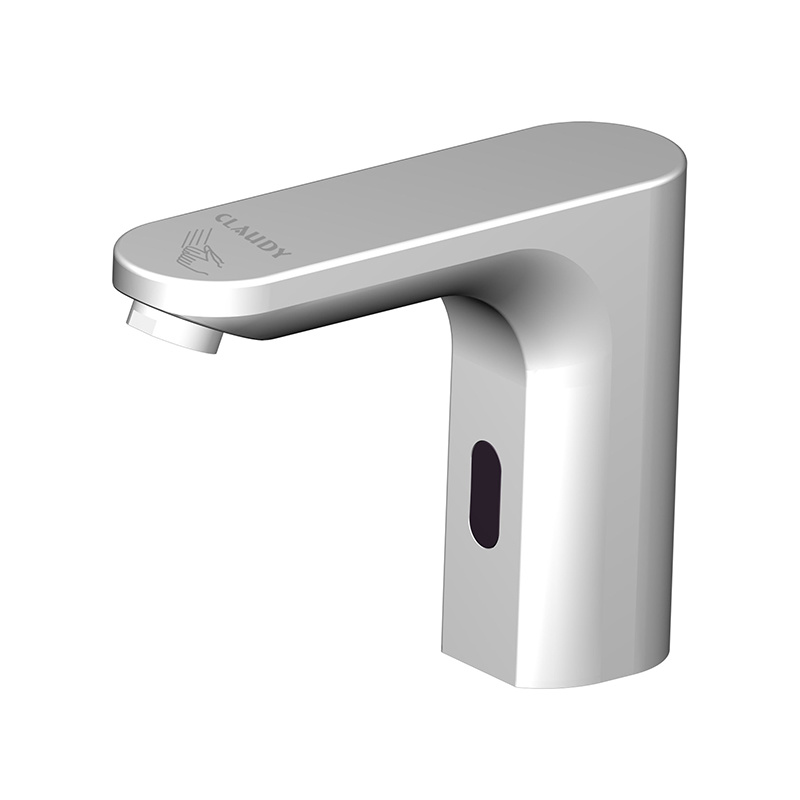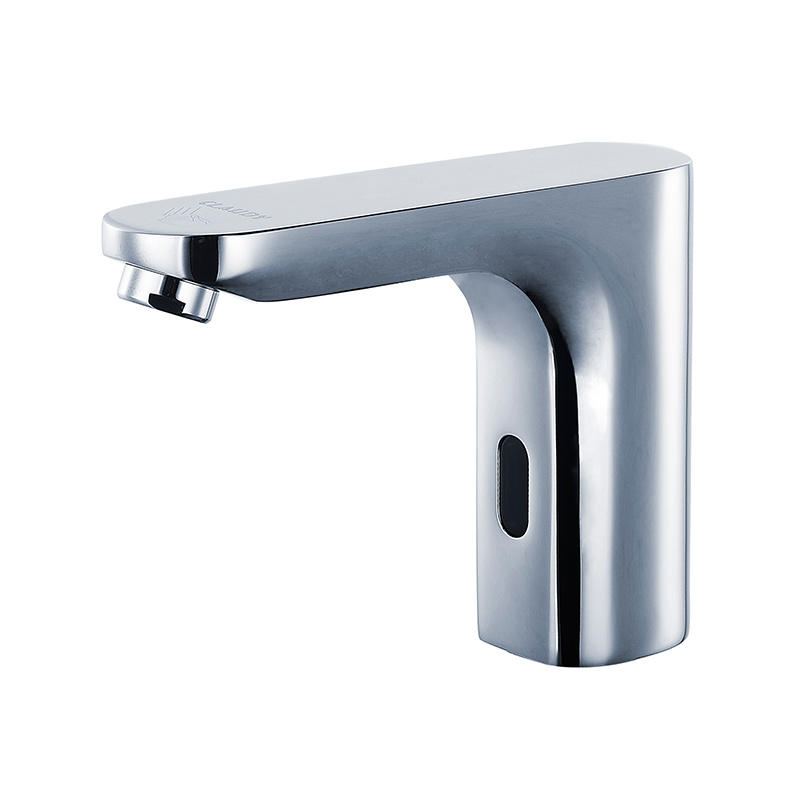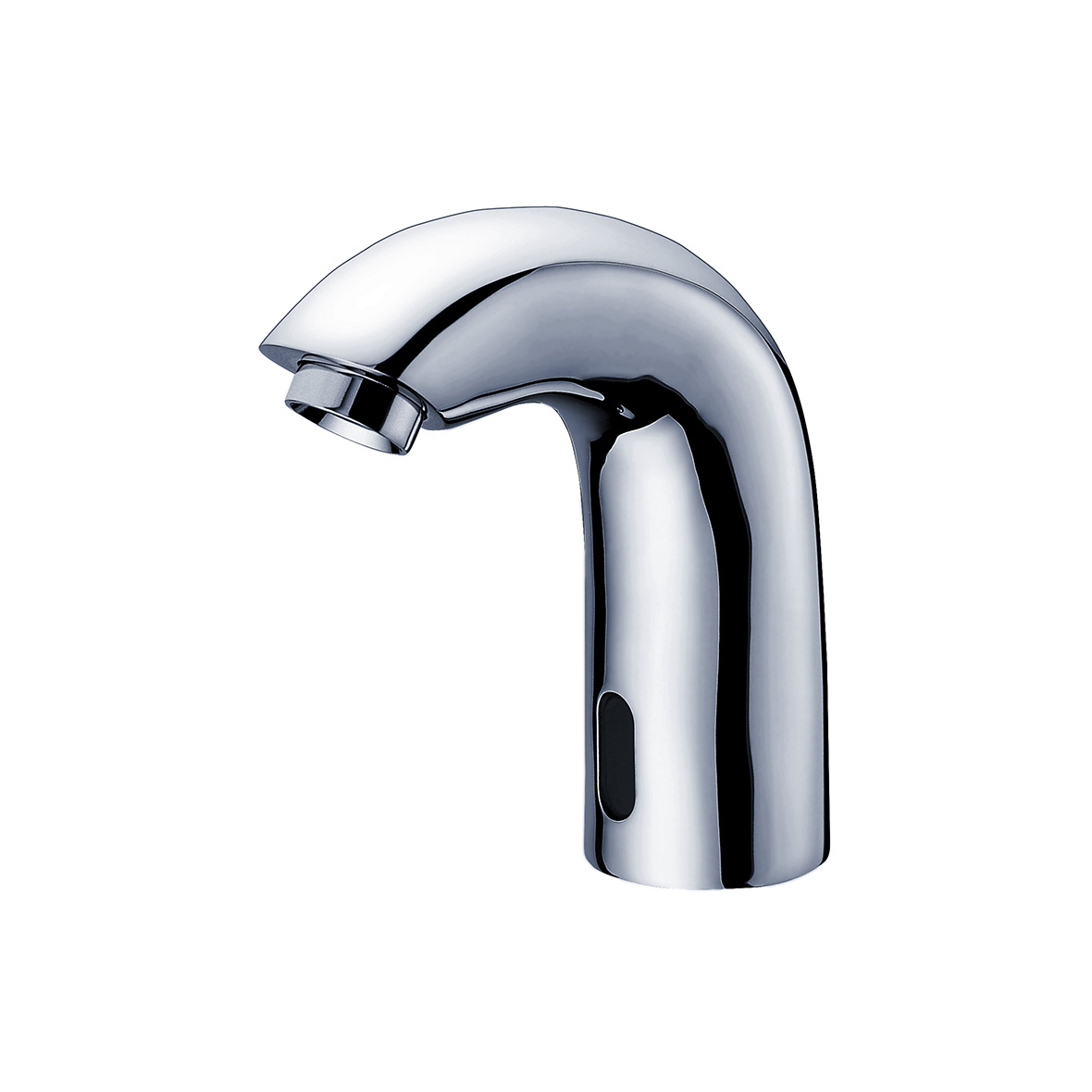language
English
العربية
বাংলাদেশ
Български
Hrvatski
Česky
Dansk
Nederland
 Esperanto
Esperanto
Slovenski
Filipino
Suomi
Français
Maori
 Shqiptare
Shqiptare
Georgian
 Euskara
Euskara
Deutsch
Ελλάδα
ישראל
इंडिया
Magyarország
Ísland
Indonesia
Irlanda
Italia
日本語
Sovensko
Հայաստան
한국
Kyrgyz
ປະເທດລາວ
 Zulu
Zulu
Latvian
Lithuanian
Luxembourgish
 Latinus
Latinus
Macedonian
Малайская
Maltese
Монгол улс
 Cymraeg
Cymraeg
ဗမာ
 தமிழ்
தமிழ்
नेपाल
Norge
ایران
Polska
Portugal
România
Российская
Србија
 Slovak
Slovak
Србија
 Slovak
Slovak
Bosanski
Slovenian
Беларус
España
Sverige
Точик
ประเทศไทย
Türk
Azərbaycan
Uzbek
 Afrikaans
Afrikaans
Việt Nam
How Sensor Faucets Can Make Your Daily Routine More Efficient
Time:
2025-02-06
How Sensor Faucets Can Make Your Daily Routine More Efficient
Introduction to Sensor Faucets
In today's fast-paced world, efficiency is a key element in every aspect of our lives, including our daily routines. One area where significant improvements can be made is in the kitchen and bathroom, particularly with the use of sensor faucets. These technologically advanced fixtures not only elevate convenience but also promote hygiene and sustainability.
In this article, we explore how sensor faucets can streamline your daily activities, conserve water, and enhance the overall user experience.
The Evolution of Kitchen and Bathroom Faucets
Over the years, faucets have seen remarkable advancements in design and functionality. Traditional faucets, with their manual controls, often waste water and require physical contact that can lead to bacterial contamination. The introduction of sensor faucets has revolutionized the way we interact with these essential household fixtures.
What Are Sensor Faucets?
Sensor faucets are touchless fixtures equipped with infrared technology that detects motion, allowing users to activate the flow of water without physical contact. This innovation is especially beneficial in high-traffic areas, such as kitchens and bathrooms, where convenience and cleanliness are paramount.
Key Features of Sensor Faucets
Sensor faucets come with several features that enhance their functionality:
1. **Touchless Operation**: The primary advantage is the ability to turn on and off the water flow without touching any surfaces.
2. **Adjustable Water Temperature**: Many models allow users to set their desired temperature in advance, ensuring a comfortable experience.
3. **Water Conservation**: These faucets help reduce water waste, making them an environmentally friendly option.
4. **Easy Installation**: Most sensor faucets are designed for quick installation, fitting standard sink setups and requiring minimal plumbing modifications.
How Sensor Faucets Improve Efficiency in Daily Life
The integration of sensor faucets into daily routines can dramatically enhance efficiency. Here are several ways these fixtures can streamline tasks:
1. Enhanced Hygiene and Reduced Germ Transmission
One of the most compelling reasons to adopt sensor faucets is the improvement in hygiene. By eliminating the need to touch handles, these faucets reduce the likelihood of transferring bacteria and viruses, especially in shared spaces. This is particularly important in homes with children or elderly family members, where maintaining cleanliness is crucial.
2. Quick and Convenient Access to Water
Sensor faucets allow users to access water quickly and effortlessly. Whether rinsing hands, washing fruits and vegetables, or filling pots, there’s no need to fumble with handles. This ease of use is especially appreciated while multitasking in the kitchen or during busy morning routines.
3. Water Conservation and Cost Savings
With growing concerns about water scarcity, sensor faucets provide an effective solution. These devices automatically shut off the water flow when not in use, significantly reducing waste. Households can expect lower water bills and contribute to environmental preservation by minimizing unnecessary water flow.
4. Perfect for Cooking and Food Preparation
In the kitchen, sensor faucets offer unmatched convenience. From washing hands to rinsing dishes, users can maintain a clean workflow without interruption. This feature is particularly useful when hands are greasy or dirty, allowing seamless transitions between tasks without needing to touch the faucet.
5. Ideal for Families and Individuals with Disabilities
Sensor faucets are particularly beneficial for families with young children or individuals with mobility challenges. Children can easily reach and use the faucet without assistance, fostering independence. Similarly, those with disabilities can enjoy enhanced accessibility in their daily routines, which can promote a sense of empowerment.
Choosing the Right Sensor Faucet for Your Home
Selecting the ideal sensor faucet for your home involves considering several factors that align with your specific needs. Here are some key aspects to keep in mind:
1. Style and Finish Options
Sensor faucets come in various styles and finishes, including chrome, brushed nickel, and matte black. Choose a design that complements your kitchen or bathroom décor.
2. Power Source
Most sensor faucets are powered either by batteries or through a direct electrical connection. Battery-operated models offer flexibility in placement but may require periodic battery changes. In contrast, hardwired models provide a continuous power supply.
3. Sensor Sensitivity
Look for faucets with adjustable sensor sensitivity to ensure they activate at the right distance and minimize false activations. This feature can enhance user experience and water efficiency.
4. Additional Features
Consider additional functionalities like temperature control, integrated soap dispensers, or built-in water filters. These features can further streamline your kitchen or bathroom tasks.
Installation and Maintenance of Sensor Faucets
Installing a sensor faucet is typically straightforward, but it’s essential to follow the manufacturer's instructions for optimal performance.
1. Installation Steps
- **Turn Off Water Supply**: Before beginning installation, ensure the water supply is turned off.
- **Remove Existing Faucet**: Detach the current faucet and clean the sink area.
- **Follow Manufacturer’s Instructions**: Position the new sensor faucet according to the provided guidelines, ensuring all connections are secure.
- **Test the Sensor**: Once installed, turn on the water supply and test the sensor’s operation.
2. Regular Maintenance Tips
To keep your sensor faucet functioning optimally:
- **Clean the Sensor**: Regularly wipe the sensor area to prevent dirt buildup, which can affect performance.
- **Check for Leaks**: Periodically inspect connections for leaks to avoid water damage.
- **Replace Batteries**: If using a battery-operated model, replace batteries as needed to ensure consistent functionality.
Common Misconceptions About Sensor Faucets
Despite their growing popularity, several misconceptions about sensor faucets persist. Addressing these can help clarify their benefits.
1. Sensor Faucets Are Too Expensive
While there’s an initial investment, the long-term savings on water bills and enhanced convenience often offset the cost. Additionally, the increasing availability of affordable options makes them accessible to a wider audience.
2. They Require Frequent Repairs
Quality sensor faucets are designed for durability and reliability. With proper installation and maintenance, they can last for years without significant issues.
3. Sensor Faucets Are Complicated to Use
On the contrary, sensor faucets are designed for simplicity. Most users find them intuitive and easy to operate, making them suitable for all ages.
Frequently Asked Questions (FAQs)
1. How do sensor faucets work?
Sensor faucets use infrared technology to detect motion. When a user places their hands within the sensor’s range, the faucet automatically activates, allowing water to flow without any physical contact.
2. Are sensor faucets suitable for all types of sinks?
Most sensor faucets are designed to fit standard sink configurations, making them compatible with a wide variety of sinks. Always check the specifications before purchasing.
3. Can I install a sensor faucet myself?
Yes, many sensor faucets come with straightforward installation instructions that allow homeowners to install them without professional help. However, consulting a plumber is advisable if you encounter difficulties.
4. How do I clean a sensor faucet?
Use a soft cloth and mild soap to clean the faucet's surface. Avoid abrasive cleaners that can scratch finishes. Regularly clean the sensor area to ensure proper functionality.
5. What happens if the power goes out?
For battery-operated sensor faucets, they will stop working until the batteries are replaced. Hardwired options may continue to function as long as the water supply is intact.
Conclusion
Incorporating sensor faucets into your daily routine presents an array of benefits, from enhanced hygiene and convenience to significant water savings. As we strive for efficiency in our lives, these innovative fixtures stand out as essential upgrades for modern kitchens and bathrooms. By understanding their features, proper installation, and ongoing maintenance, you can maximize the advantages of sensor faucets, making your daily tasks more manageable and enjoyable. Embrace the future of home efficiency with sensor faucets and transform the way you interact with one of the most utilized elements of your home—water.






